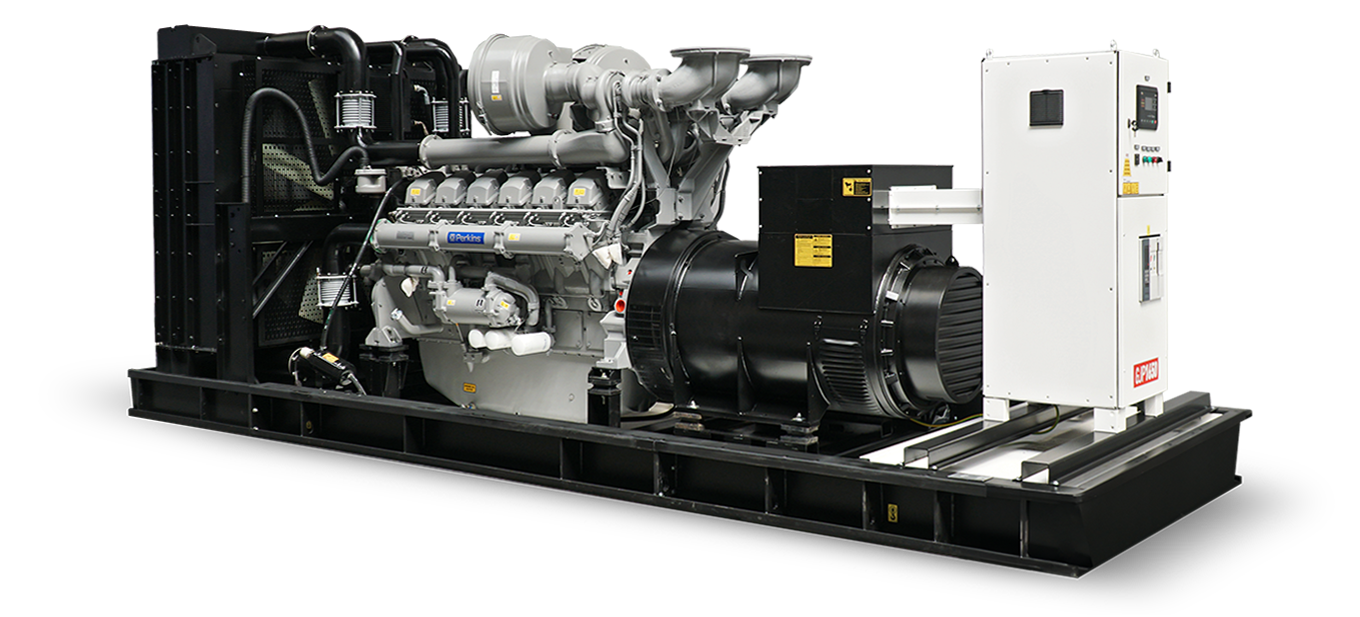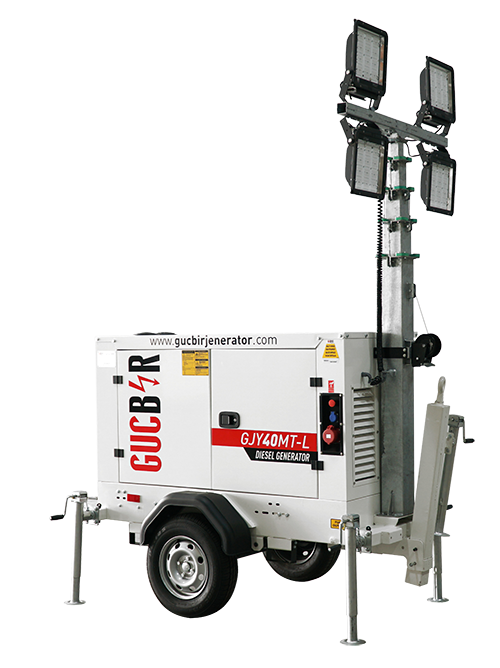Generators produce electricity during power outages.This electricity production is achieved by converting the mechanical energy generated by the combustion of fuel into electrical energy.If there is no fuel in the generator during a power outage, the generator cannot function when needed.Therefore, fuel storage should be done to prevent such a possibility from occurring.Fuel is stored in a specially designed fuel tank.Various issues need to be taken into consideration when selecting and installing a suitable fuel tank.
Determining Fuel Tank Capacity
When determining the capacity of your fuel tank, the first thing you need to do is determine how much fuel you need. You can calculate the minimum storage capacity by estimating the following three parameters.
(1) Emergency Stock: How much fuel is needed in case of excess consumption and delays after a power outage?
(2) Delivery Time: How long is the delivery time of the fuel from the vendor to the location where the generator is located?
(3) Lead Time Storage: How much fuel will run the generator until you can source fuel from the vendor?
Depending on the above three parameters, the minimum storage amount is determined as follows:
Minimum storage capacity = Urgent Stock + Lead Time Storage
What is the optimal fuel storage capacity?
In case of short-term power outages, a smaller storage tank will be sufficient for the fuel requirement.However, since the tank is small, you need to buy fuel much more frequently and in smaller quantities. Due to the small tank, your cost when purchasing the generator will be low; but then the amount of fuel consumed per unit becomes more. Large storage tanks are used in large commercial establishments or areas where power outages are frequent and long.In this case, you can buy fuel in fewer and larger batches.However, your cost will be high when purchasing the generator.At the same time, maintenance costs will be high in the long run.On the other hand, the amount of fuel consumed per unit decreases because you order large quantities of fuel to be delivered at once.However, you also need to account for the hidden cost of hazards arising from storing a larger amount of fuel.
Types of Fuel Tanks
Generator fuel tanks are generally of three types:
sub base tanks
Underground storage tanks
Aboveground storage tanks
Subbase Tanks
If you will be storing less than 1,000 gallons of fuel, you can use the base of the generator as a fuel tank.As the name suggests, sub-base tanks are fixed to the base surface of the generator set.Bottom tanks are rectangular and double-walled tanks.This increases the tank’s durability against any leakage.Both tanks were constructed using heavy steel welding.Tank filling system; The inlet valve must be designed to close automatically when the tank is 95% full.After loading is complete, the primary tank is tested at 5 psig and the secondary tank is tested at 3 psig.
Underground Storage Tanks
If you need to store more than 1,000 gallons of fuel, you may choose underground storage tanks or aboveground storage tanks.Underground storage tanks have a longer life because they are environmentally protected, but are more costly to have.Underground storage tanks can be constructed from glass fiber reinforced plastic.To ensure structural rigidity such tanks are often highly ribbed.Alternatively, underground storage tanks can be manufactured from steel but with appropriate cathodic protection against corrosion from ground water.Likewise, the piping from the underground storage tank to the generator may be glass fiber reinforced plastic or cathodic protected steel.
Leaks and spills in underground storage tank systems can be expensive and difficult to fix.Such systems should be equipped with overflow and spill prevention equipment and procedures.In a worst-case scenario, the installation of underground storage tanks should be such that fuel spills or leaks are contained to a limited area.Therefore, the underground space is surrounded by concrete floors and walls.Once the underground storage tanks are loaded in this area, the outer zone is filled with sand and gravel.
Aboveground Storage Tanks
As the name suggests, these tanks are mounted above ground. While the structural features of these tanks are similar to underground tanks, their installation procedures have many differences.The reason for this situation is different factors that need to be taken into consideration to minimize the dangers.Aboveground tanks pose a fire hazard that may spread to other surrounding facilities.Therefore, these tanks should be at a distance that will not affect such facilities.Ditches should be built around the tank to prevent possible leaks.The volume of the trenches should generally be 110% of the tank volume.Aboveground storage tanks must be protected from weather conditions with appropriate protective structures.
Approvals and Standards
Fuel tanks and accompanying piping systems must be approved prior to the installation of a diesel generator.Only approvals for tanks with lower capacities may be exempt.Product information and forms such as fabrication drawings, piping design and manufacturer’s installation instructions should be supplied alongside the tank.
Various standards need to be followed during the manufacturing and installation of generator fuel tanks. NFPA relevant sections for generator fuel tanks are NFPA30 and NFPA37.







